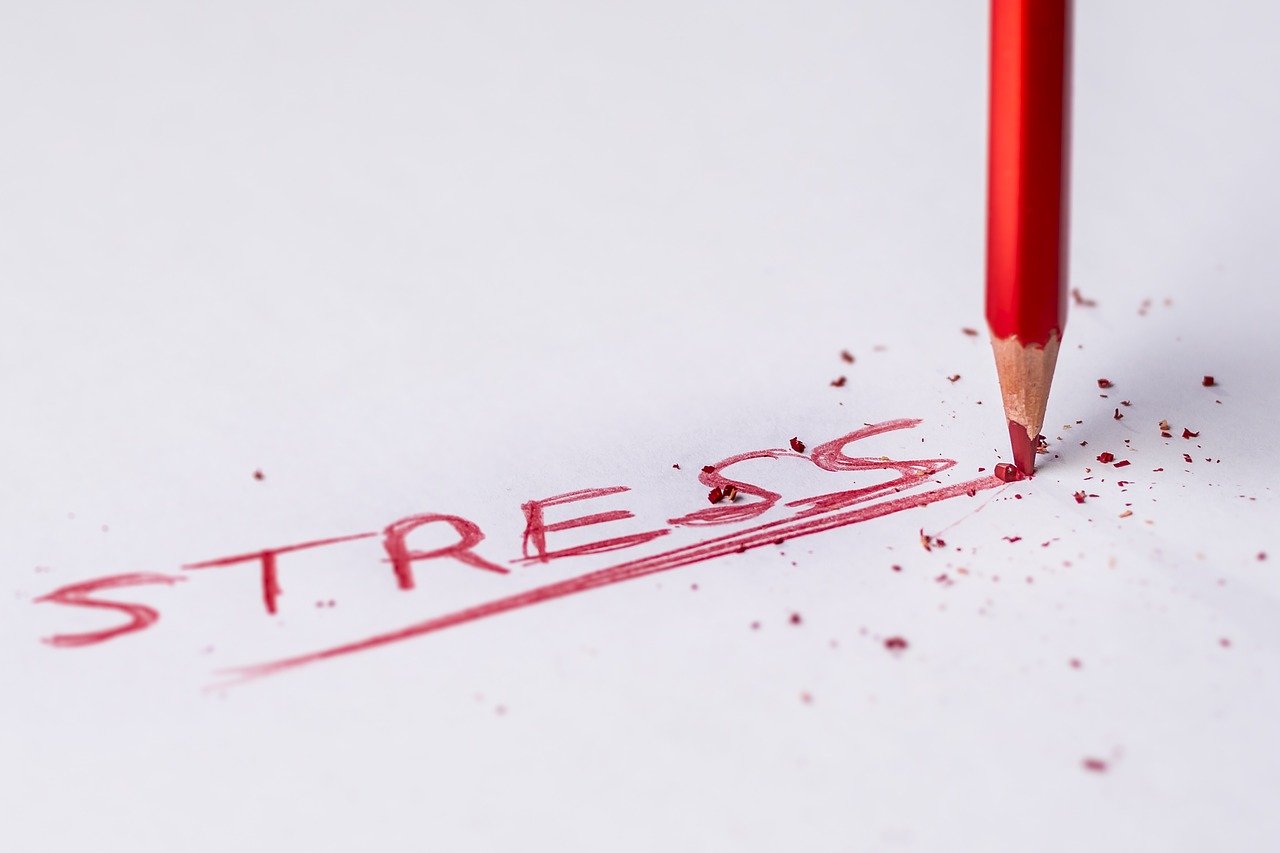Lone Working, Mental Health and Guidance For Employers
SOCOTEC, a UK provider of testing, inspection and compliance services is providing advice for employers on the recently updated HSE guidance document on lone...
Read Full Article
April is Stress Awareness Month, and people working across every industry are experiencing a significant increase in pressure.
Flexible working campaigner Anna Whitehouse shared this poignant message on her social media channels yesterday:
“You are not working from home; you are at your home during a crisis trying to work”
Dealing with the worry of the pandemic, alongside pressures of managing family issues and working from home, our mental health and wellbeing is being challenged in many different ways.
"Control what you can and accept what you can’t. Whether you’re the employer or the employee there will be elements you can control and some you can’t. Focus your energy on what is within your influence, on what you can do"
–Cathy Connan
Member of the United Kingdom Council for Psychotherapy (UKCP) and the British Association for Counselling & Psychotherapy (BACP)
Global law firm Clyde & Co has set out some practical steps to help employers understand their health and safety duties regarding work-related stress. The advice has been co-written by Nathan Buckley, Legal Director at Clyde and Co LLP, and Dr Libby Artingstall and Dr Sile McDaid, Co-Founders and Directors of Team Mental Health.
Their advice suggests that, although such H&S processes may be considered time-consuming or even not a priority at this time, such reviews are more important than ever and must not be overlooked.
The Health and Safety Executive (HSE) defines stress as "the adverse reaction people have to excessive pressures or other types of demand placed on them”. When it is prolonged, work-related stress can lead to mental health illnesses, as well as physical conditions.
No matter the size of your business, the law requires all employers to assess the risk of work-related stress and put steps in place to tackle those risks. This could be either by removing the risk or reducing it as far as reasonably practicable, as per Regulation 3 of the Management of Health and Safety at Work Regulations 1999.
The HSE's position is that work-related stress should be treated as any other workplace hazard.
Clyde & Co make the following suggestions for business leaders:
Cathy Connan, a member of the United Kingdom Council for Psychotherapy (UKCP) and the British Association for Counselling & Psychotherapy (BACP) offered some general tips on managing our own, and our employees, mental health.
She said: “Our world has changed. With huge questions hanging in the air about our physical health and our economic future, it’s unsurprising anxiety is on the increase.
“The government’s mantra is Stay at Home. Simple and clear. But they go on to say, if you can’t work from home, go to work and follow social distancing guidelines. Almost by definition, this introduces uncertainty, leaving individuals and businesses facing, what feel like impossible choices.
“On top of all this, humans are social animals. We are heathier, more resilient when we are in contact with others, particularly those we love and are close to. But social distancing and self-isolation are the buzzwords. “
Connan offers a few simple steps to help maintain our mental wellbeing:
Picture: April is Stress Awareness Month, and people working across every industry are experiencing a significant increase in pressure.
Article written by Ella Tansley | Published 08 April 2020
SOCOTEC, a UK provider of testing, inspection and compliance services is providing advice for employers on the recently updated HSE guidance document on lone...
Read Full ArticleIn March's FM review, ThisWeekinFM's Editorial Team reflects on the past year, exploring how people have been feeling in the past few months and considering...
Read Full ArticleIn a study conducted on behalf of the Advance Workplace Institute (AWI), trust, social cohesion and information sharing are all elements vulnerable to damage during home...
Read Full ArticleIn a survey of 447 workers, 60 per cent said they’d prefer to work from home, even post-lockdown. COVID-19 has forced businesses across the globe to work...
Read Full ArticleAs businesses start to take steps to re-open workplaces, they will be acutely conscious of the health and safety implications of employees doing so. This is...
Read Full ArticleCOVID-19 has accelerated the integration of technology into our working lives – the future office must adapt, says technologywithin’s Richard Morris. In...
Read Full ArticleSustainability programme leader The Planet Mark has produced an interactive guide of best practice advice to stay happy, healthy and productive whilst working from...
Read Full ArticleAs around 10 per cent of the private sector workforce is set to be furloughed and temporarily absent from work, is posting on LinkedIn during this time a legal grey...
Read Full ArticleTo help lessen the spread of COVID-19, offices up and down the UK are relocating. The new location? The employee’s home. As the nation is encouraged to work...
Read Full ArticleIn 2019, a joint-research project from Gensler and the British Council of Offices (BCO) on the rise of flexible workspace in the UK corporate sector discovered that that...
Read Full Article